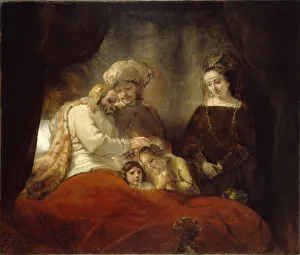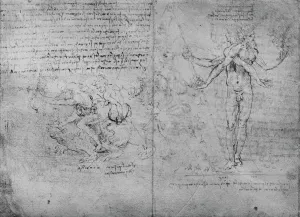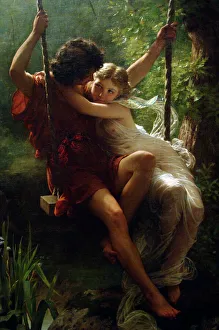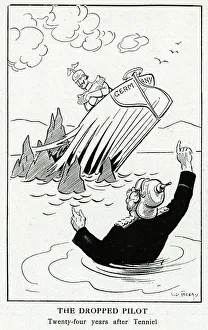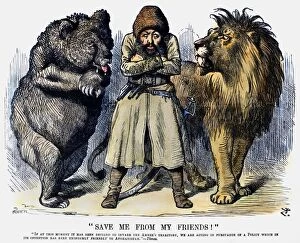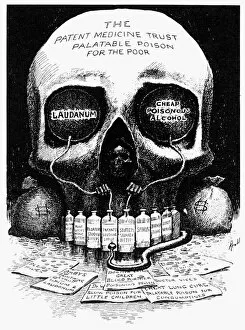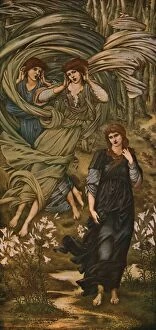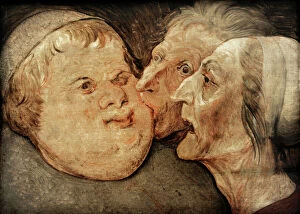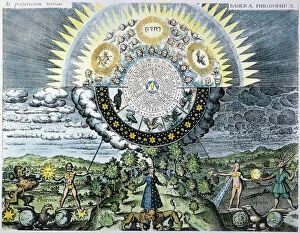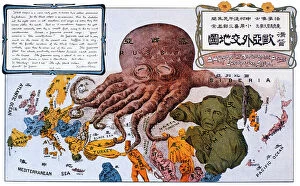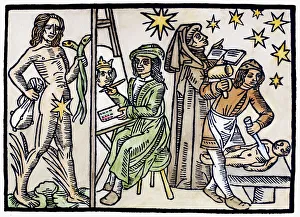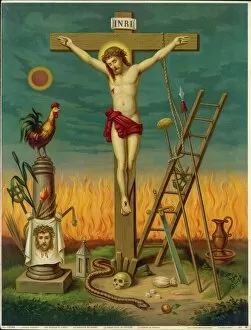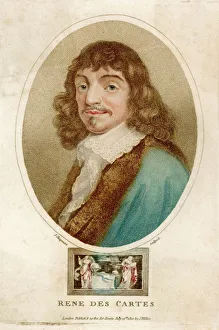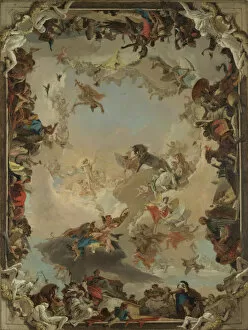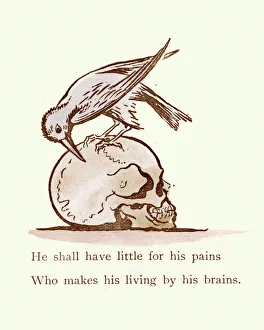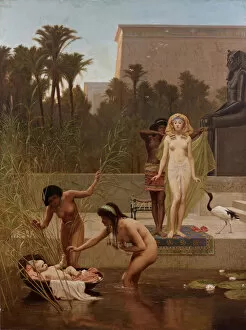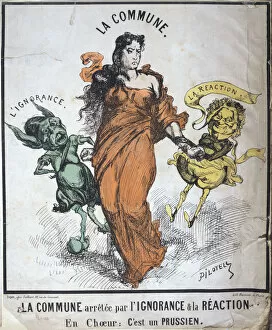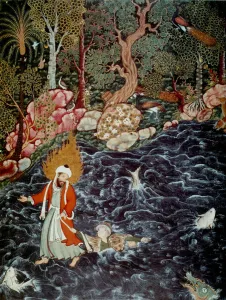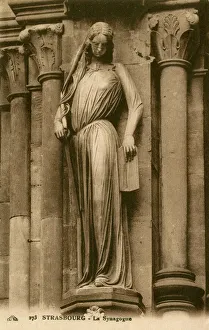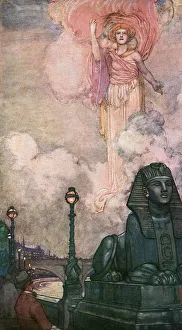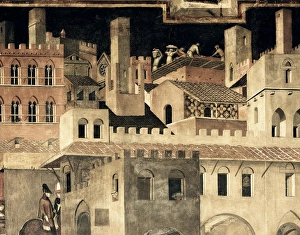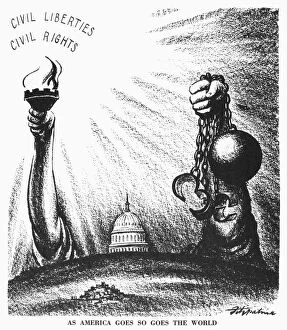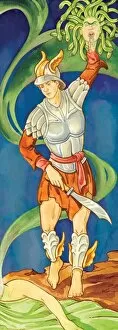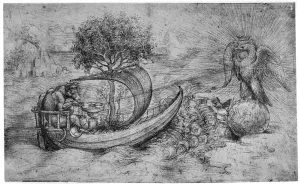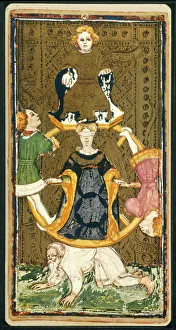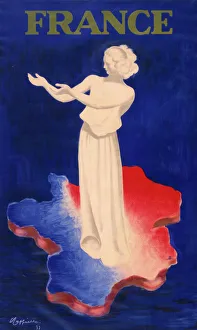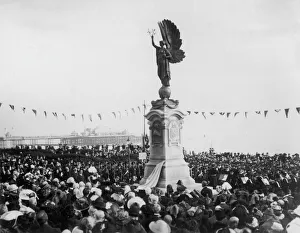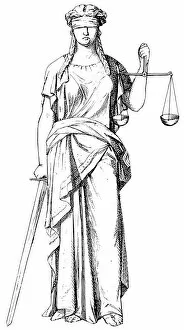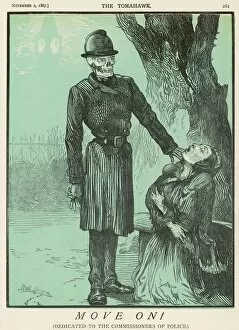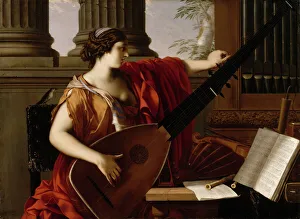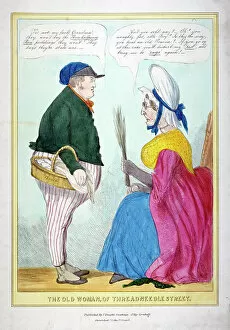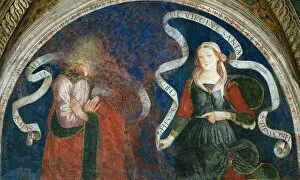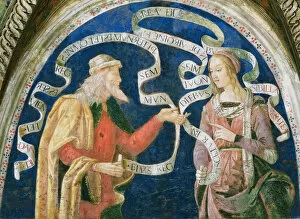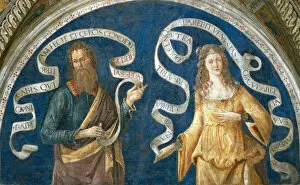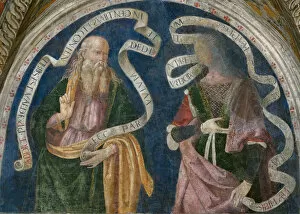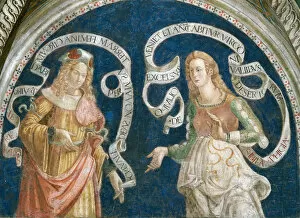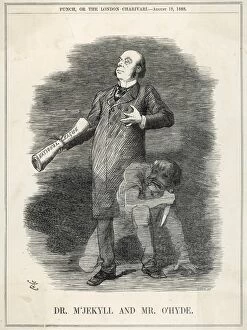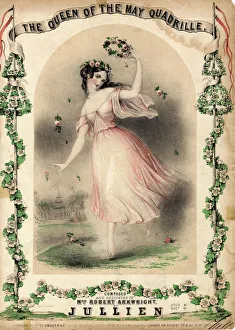Allegory Collection (page 2)
Allegory, a powerful artistic tool that transcends time and culture, has the ability to convey profound messages through symbolism and metaphor
All Professionally Made to Order for Quick Shipping
Allegory, a powerful artistic tool that transcends time and culture, has the ability to convey profound messages through symbolism and metaphor. Just like Plato's Cave Allegory, which explores the concept of enlightenment and the struggle to perceive reality beyond our limited perceptions. In Norman Lindsay's "A Star Explodes, " we witness an explosion of ideas and emotions as art becomes a catalyst for change. Similarly, the meeting of Atlantic and Pacific in the Panama Canal symbolizes unity and connectivity on a global scale in "Kiss of the Oceans. " "The Workers May-Pole" serves as a design for a socialist poster, representing solidarity among laborers striving for equality. Meanwhile, William H. Beard's allegorical painting "WALL STREET: BEARS & BULLS" captures the volatile nature of financial markets with its depiction of animals symbolizing market trends. An 1866 cartoon titled "Deaths Dispensary" sheds light on water pollution as a source of disease, urging society to address environmental issues responsibly. In Lissitzky's iconic poster "Beat the Whites with the red wedge, " we see political commentary through abstract symbolism during revolutionary times. The alchemical tree in Philosophia reformata represents transformation and spiritual growth while reflecting upon ancient wisdom passed down through generations. The Temperance Movement broadsheet from 1887 warns against alcohol abuse using vivid imagery like devils sliding down toboggans. Through Alphonse Mucha's artwork titled "Summer, " we are transported into an idyllic world where nature thrives harmoniously with humanity—a reminder to cherish our environment amidst industrialization. Lastly, an 1866 pollution cartoon emphasizes how human actions can have dire consequences on our health and well-being. These diverse examples demonstrate how allegories serve as mirrors reflecting societal concerns or aspirations throughout history—inviting us to ponder deeper meanings behind seemingly simple images or narratives.

